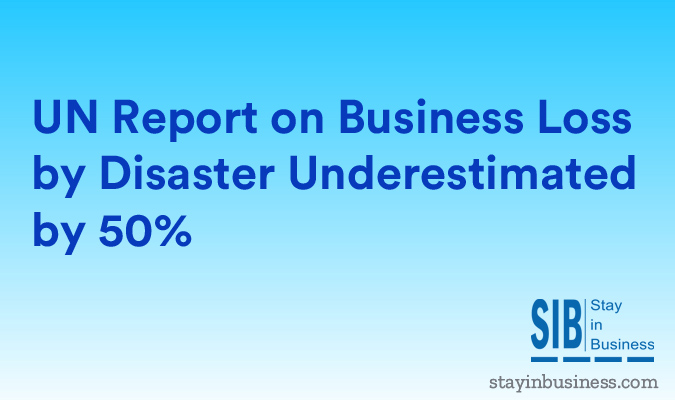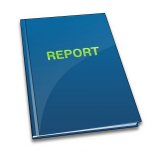UN report on business loss by disaster underestimated by 50%


The United Nations Office for Disaster Risk Reduction recently released its report on economic business loss from disasters. The 246 page report was shocking in that it reports economic losses since 2000 are over $2.5 trillion. This figure is disturbing because it is at least 50% higher than international estimates held it at previously. The U.N. Office for Disaster Risk Reduction urged businesses to take action to reduce their exposure to disaster risk because that figure is expected to continue rising.
U.N. Secretary General Ban Ki-Moon urged the private sector to partner with regulatory bodies and industry best practices to reduce their exposure to disaster risk and reduce business loss. The reviewed disaster losses in 56 countries and Ki-Moon stated that the “economic losses from disasters are out of control…..Our startling finding id that direct losses from floods, earthquakes and drought have been underestimated by at least 50%”. Ban Ki-Moon continued to say “So far this century, direct losses from disasters are in the range of $2.5 trillion. This is unacceptable when we have the knowledge to reduce the losses and benefit from the gains.”
The U.N has developed a new global risk model that demonstrates expected global losses from earthquakes and cyclonic wind conditions are expected to exceed $180 Billion per year through the rest of this century. That estimate is for earthquakes and cyclonic winds ONLY. It does not include fires, tornadoes, floods, cyber attacks or any other of a plethora of disasters that strike businesses every day.
The U.N report highlighted disasters like Hurricane Sandy, the 2011 earthquake in Japan and the 2011 floods in Thailand. A main component of the problem according to the report is that for far too long the financial market has placed emphasis on short term returns rather than long term sustainability. Ban said “in the years ahead trillions of dollars will be invested in hazard-exposed regions….If that money fails to account for natural hazards and vulnerabilities, risk will increase. Where such spending does address underlying risk factors, risk will go down.” The report stressed that the current drive towards globalization and business’ natural tendency to seek higher productivity and lower costs with quick delivery “are driving business into hazard-prone locations with little or no consideration of the consequences on global supply chains.”
Many times a disaster doesn’t need to strike a business directly. For instance Toyota saw a 1.2 billion dollar loss is production from the parts shortages created in the wake of the Japan earthquakes. This is in contrast to instances like the fisher companies in Mexico that had preventive investments in place which saved each individual entrepreneur an average of $35,000 during Hurricane Wilma. Companies like Orion in New Zealand invested just over $6Million in earthquake resistant measures and saw a return of over $65 Million in the 2010 and 2011 earthquakes.
Margareta Wahlstrom, the U.N. special representative for disaster risk reduction, said: “In a world of ongoing population growth, rapid urbanization, climate change and an approach to investment that continually discounts disaster risk, this increased potential for future losses is of major concern.”
Categories: Natural Disasters
